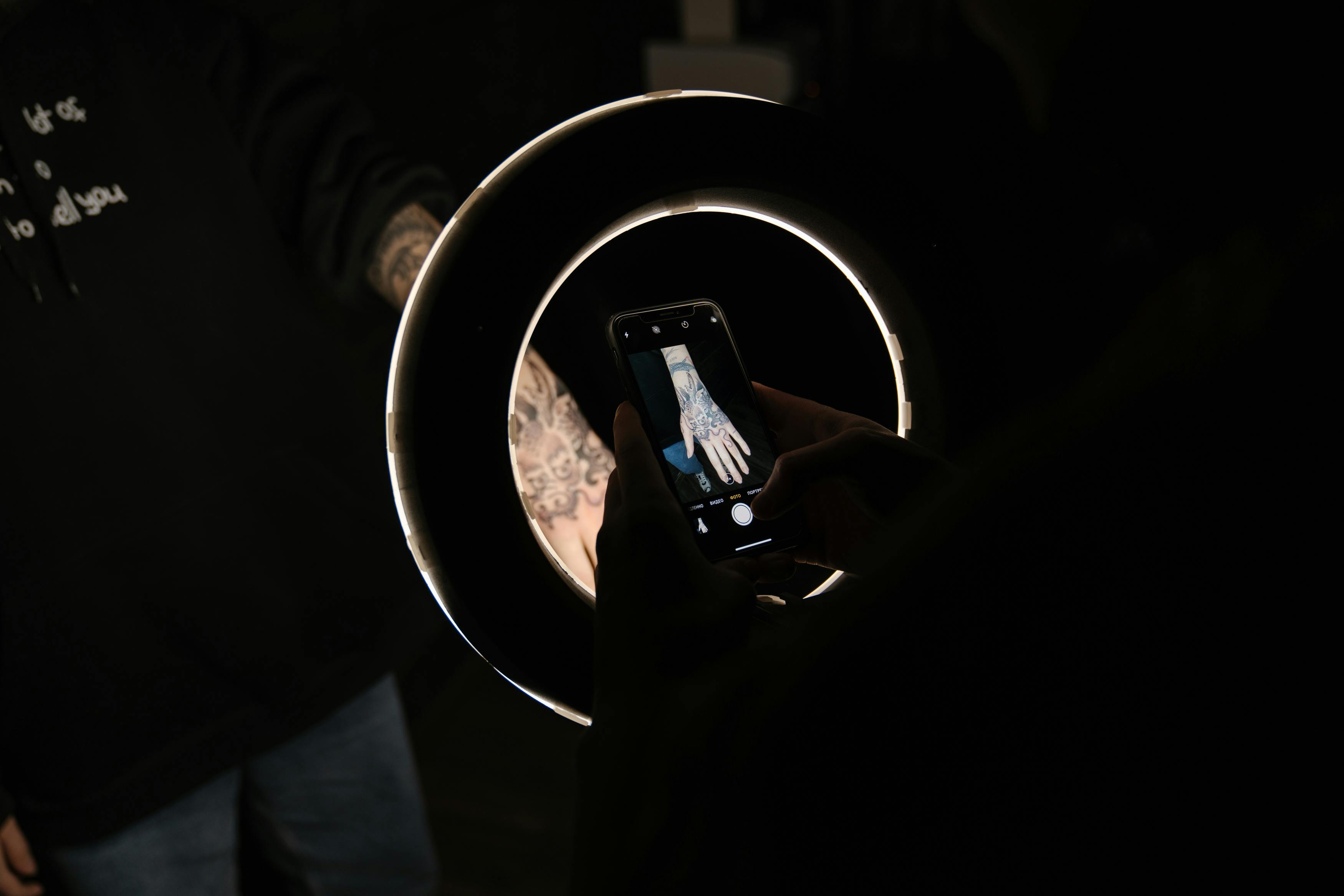Every speech has an audience and every audience is different. Tailoring your next speech to your audience is just as important as the content of the speech. So how do you connect with an audience so that your message matches their expectations, wants and needs and gets your message across effectively?
Here are the seven strategies to target your business presentation message with laser precision.
1. Research your audience before the presentation.
The more you know about your audience, the more likely it is that you can connect with them. It often amazes me how many business people just don’t bother to find out about their audience. The more specific you can be, the better. For example, one of the best reports I received from a client was the following description of the audience:
“Most of the group is on a two-day, two-night, four-out roster. These are largely process technicians. The rest are on a five-day roster on two days off. Day shift people include tradespeople (we call them maintenance technicians) and laboratory, administrative and professional employees The average tenure in the group is eight years, with a range of up to more than 30 years The average age in the group is 38 years Division of gender: women 6 percent, men 94 percent”
What a great start and fantastic audience research statistics. From this I was able to calculate that almost half of the audience had not been with the company very long, they were effectively a younger audience and mostly male! This provided a solid foundation for tailoring my message to connect with this group. Keep in mind that this was an exceptionally good client briefing and most of the time you will have to do the legwork to figure out who your audience is!
2. Find out what your audience wants.
Ask the event organizer key questions again, such as “What are the key issues affecting your industry, business, or members?” I always try to meet with as many audiences as possible.
possible before a presentation such as asking “what is on your mind right now and what do you want to get out of this presentation?” Be specific.
Here’s an example I used for a recent presentation to entrepreneurs and venture capitalists. I have found that most potential investors will want to know 3 things when trying to raise funds. What are the sales projections? Who are your target customers? What is the exit strategy? Provide this and you’ve won them over.
3. Examples of use.
Nothing builds empathy and rapport with your audience as powerfully as examples. Remember that you are selling intangible ideas and practical examples make these ideas more memorable, credible and tangible.
4. Use thumbnails.
No, this is not a kind of dressing you put on your salad! It is a short story, example or incident. The key point is that they are easy to remember and say. But they must be brief and relevant.
5. Use metaphors.
These are powerful words that evoke vivid images in the mind of your audience. They are a proven speech writing technique. I recently heard former US President Bill Clinton speak. Clinton used the metaphor of the gap between the invention of the club and the shield to describe the current situation in the war on terror. He said,
“It is necessary to close this gap.” This makes intangible concepts have more impact with an audience.
6. Be specific.
The more specific you can be with real examples, case studies, and results, the more precise your precision will be in targeting your message. Know your content and don’t be afraid to reveal personal stories as examples in your speech, this will strengthen your relationship with your audience.
7. Use the Incident/Point/Benefit Technique.
This one is really powerful. Tell the story, make the point, and then most importantly reinforce how this will benefit the audience. It took me years to figure this out, but it will
a big difference in the impact of your presentations.


